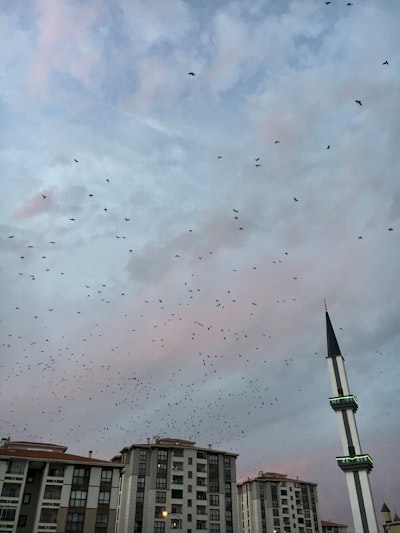Imagine gazing up at a European sky, not to watch birds migrating or clouds drifting, but to see fleets of drones—millions strong—crisscrossing in silent formation. It sounds like the stuff of science fiction, but the possibility is edging closer to reality. This prompts a whimsical yet sobering thought: How would nature respond to our sudden takeover of the aerial realm? For centuries, birds have been the masters of European skies, inspiring inventions from Leonardo da Vinci’s flying machines to modern aeronautics. But with a proliferation of drones, are we on the verge of a new kind of sky: one where birds and machines must compete for space, resources, and quiet?
Curiously, there’s precedent for birds clashing with human technology (recall London's parakeets nesting in traffic lights, or falcons brought in to deter drones at airports). Could Europe’s millions of drones incite a new natural arms race, with crows learning to outwit sensors, or ravens recruiting AI to pilfer French fries from beachgoers? Or might the drones, inspired by birds, eventually be designed to harmonize with their feathered counterparts, blurring the line between biology and robotics?
Beneath the surface of this headline about military readiness lies a deeper question: How does humanity's technological surge reshape not only our politics, but the very ecosystems we inhabit? If the sky becomes a battlefield, who, or what, do we push aside—and what does that say about our place in the chain of flight?
This article was inspired by the headline: 'Europe 'will need millions of drones' to defend against possible Russian attacks and 'must be ready''.

Comments
No comments yet. Be the first to comment!